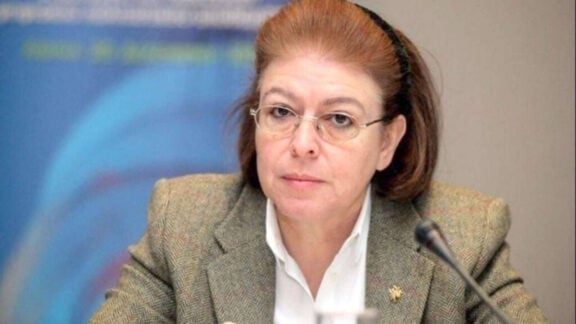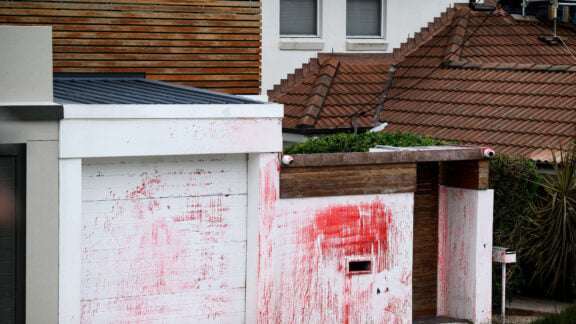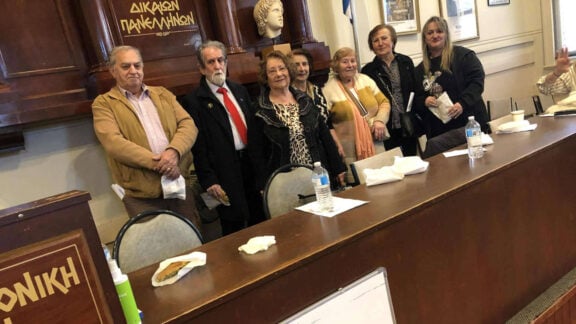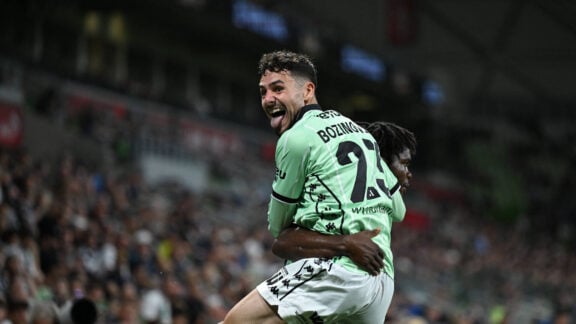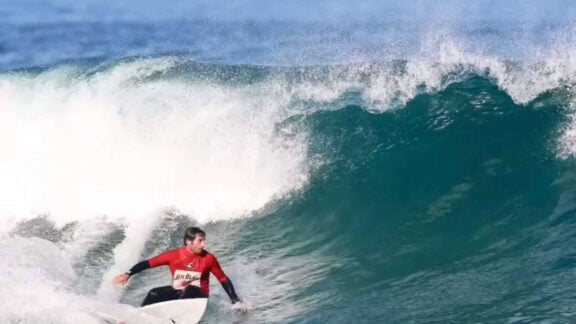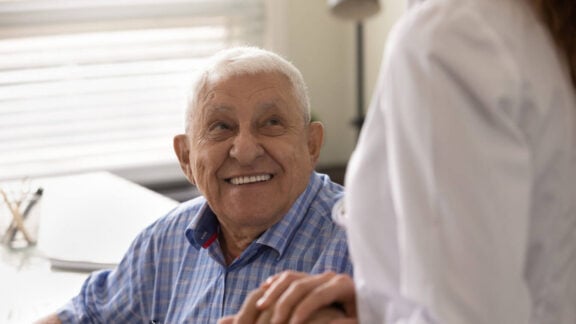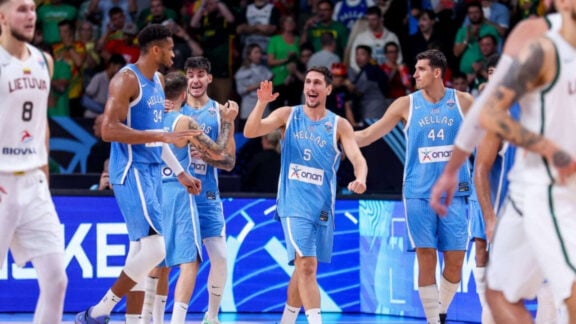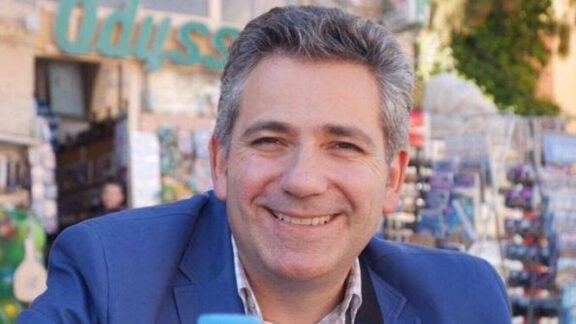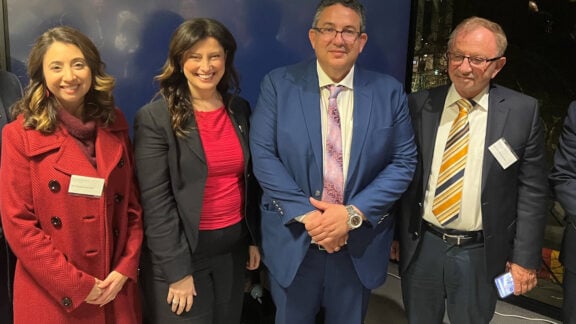Little is known or remembered about the RMIT Greek archives.
Started in the mid 1980s by then Greek department head Mimis Sophocleous, the archives were designed to consolidate the history of the Greek community of Melbourne in new ways.
Aural histories were taken, posters collected of Greek Australian theatre productions, collections on shopkeepers in the 1930s and the left wing movement in the 1930s.
All capturing a different but unique part of the history and culture of the Greek Australian community.
Now, the archives lie in a sorry state, much like their La Trobe University/EKEME archive counterpart, in storage, collecting dust.
The Greek Community of Melbourne and Victoria (GOCMV) got its hands on the archives two and a half years ago and was beginning to start cataloguing its contents before they had to move it off into storage in Bulleen while the Community Centre was being demolished.
Now the archives will be given a new lease on life, as the new Greek Centre of Contemporary Culture nears completion.
There is talks of leaving space in the centre to house rotating exhibitions showcasing the contents of the archives, giving them the attention they deserve.
GOCMV president Bill Papastergiadis says the community will be looking to hire someone to catalogue and curate the archives in the near future.
“We will have a person that will be working on the archives for at least a part time basis once the centre is up and running,” he tells Neos Kosmos.
“The archives will be curated in different ways, and will tell different stories at different points in time, and we’re hoping to rotate exhibitions through so that it’s not a static story but it’s an unfolding story.”
Costas Markos, the secretary of the GOCMV, remembers boxing up the archives and transferring them to the Bulleen storage complex.
While packing them up he was able to see the plethora of content and says the archives must be preserved and eventually exhibited to the public.
“Those archives were part of people’s history and stories,” he tells Neos Kosmos.
“He (Mimis Sophocleous) had videotapes, speeches that were made on various topics in the late ’80s.
“There are newspapers, various articles from the ’50s and ’60s, individual archives of people that Mimis collected, some photos and some Super 8s, some correspondence, theatrical posters of Greek Australian productions.”
The full list of what was contained in the archives will never be known, as for many years the archives have been left without a catalogue.
One of the first jobs will be to start filing through the archives and collating what each item is, checking what has been damaged and properly storing them for future use.
A job much like what is being done for the La Trobe archives, who still need more than two years of work to get the archives in a workable condition.
At least for the RMIT archives, there is talk about exhibiting the items, thereby making them available to the public, something La Trobe hasn’t promised they will do.
“They have to be open to the public without a doubt, it’s our role to do this,” Mr Markos says.
“It’s no use, anything of value when it comes to pertaining to the history of Greek Australians, to be gathering dust.
“Anything in storage is worthless.”
The GOCMV says the two archives can and should co-exist. With a board member sitting on the La Trobe archives project from the GOCMV, Mr Papastergiadis says there is room for joint exhibitions if the other side is willing.
“We are hoping to work in conjunction with the university to do joint exhibitions and try and find a way to showcase what they’ve got as well,” he says.
For the RMIT archives, the project is still at least a year off. For now, hope remains that at least one archive will be displayed and open to the public, giving it the attention it deserves in the Greek community.

